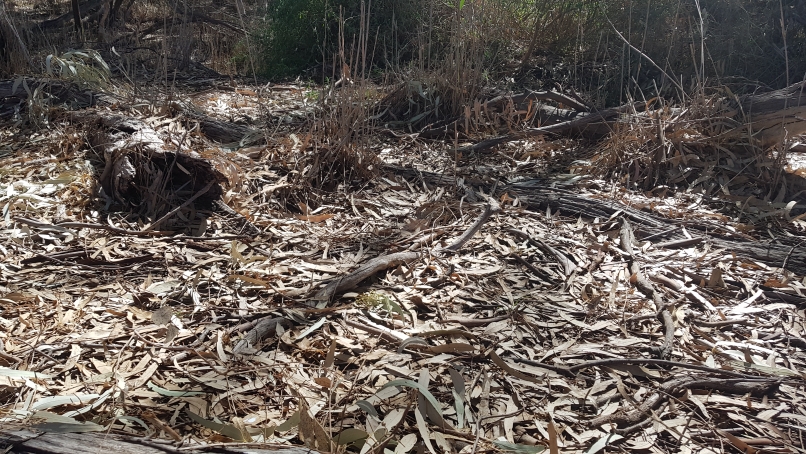New tool helps assess risks to the Murray River floodplain systems
Researchers at the ×îĐÂĚÇĐÄVlog of Adelaide have partnered with the Department for Environment and Water to develop a tool that greatly improves the capability of environmental managers to assess and manage hypoxic blackwater risks on floodplain-river systems.
The research has beenĚý in the leading Journal of Environmental Management and Assessment.
Aquatic organisms such as fish and invertebrates require sufficient levels of oxygen dissolved in the water to survive. When dissolved oxygen levels become low (known as hypoxia), this can cause catastrophic impacts such as fish kills.
One driver of hypoxia in river systems is the return of “blackwater” from floodplains. The term “blackwater” refers to the often dark tea stained colouration of the water, which reflects the presence of dissolved organic matter which is released upon rewetting of plant material on floodplains.
Hypoxic blackwater events have severely impacted the ecosystem and community values of river systems globally, including the River Murray system in ×îĐÂĚÇĐÄVlog. Large scale fish and invertebrate kills have occurred over the last decade due to hypoxic blackwater events on the River Murray, in particular after the end of the Millennium Drought when many floodplains were wet for the first time in several years.

Image: Todd Wallace Litter and “blackwater” in a floodplain creek
from the ×îĐÂĚÇĐÄVlog of Adelaide School of Biological Sciences, Environment Institute and Water Research Centre said “previous models to assess hypoxic blackwater risk had many limitations, particularly for complex and regulated floodplains and rivers such as the River Murray."
"We developed a new modelling tool (the Dissolved Oxygen-Dissolved Organic Carbon, DODOC, model) that can represent the complex processes that lead to generation of hypoxic blackwater, and also processes that can mitigate this risk such as aeration from the atmosphere”.
from the ×îĐÂĚÇĐÄVlog of Adelaide said “different plant species occur at different elevations on River Murray floodplains, with River Red Gums that drop large amounts of plant litter (i.e. leaves, twigs, bark) occurring at lower elevations near the creeks, while species such as Black Box occur at higher elevations and drop lower amounts of litter.
An important development of the DODOC model was the ability to represent these different plant litter characteristics with elevation on the floodplain”.
[caption id="attachment_15477" align="alignnone" width="576"] Image: Todd Wallace Sampling litter on floodplain[/caption]
from the ×îĐÂĚÇĐÄVlog of Adelaide and the Department for Environment and Water said the “DODOC model greatly improves the capability of environmental managers to assess and manage hypoxic blackwater risks on the River Murray and its floodplains."
"The model was successfully used to inform the first operation of new infrastructure at the Pike Floodplain. Key findings were that starting inundation in winter when temperatures are lower, filling only a portion of the floodplain, and rising water levels slowly could greatly reduce hypoxic blackwater risks”.
The development of the plugin also highlights the potential for other complex water quality processes to be integrated in basin-scale hydrological models to predict water quality risks into the future.

Newsletter & social media
Join us for a sensational mix of news, events and research at the Environment Institute. Find out aboutĚýnew initiatives andĚýshare with your friends what's happening.
ĚýĚýĚý
